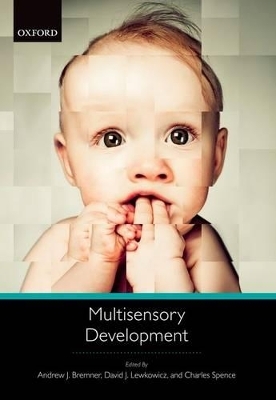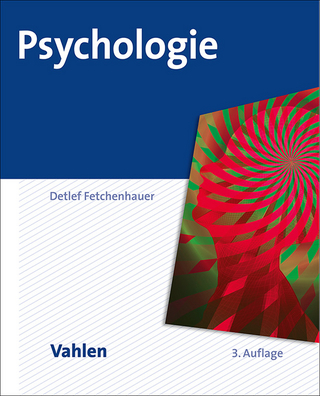
Multisensory Development
Oxford University Press (Verlag)
978-0-19-958605-9 (ISBN)
We perceive and understand our environment using many sensory systems-vision, touch, hearing, taste, smell, and proprioception. These multiple sensory modalities not only give us complementary sources of information about the environment but also an understanding that is richer and more complex than one modality alone could achieve. As adults, we integrate the multiple signals from these sense organs into unified functional representations. However, the ease with which we accomplish this feat belies its computational complexity. Not only do the senses convey information about the environment in different neural codes, but the relationship between the senses frequently changes when, for example, the body changes posture (e.g. when the eyes move in their sockets), or indeed shape, when the body grows across development. These computational problems prompt an important question which represents the key focus of this book: How do we develop the ability to integrate the senses? While there is a considerable literature on the development of single senses, such as vision or hearing, few books have considered the development of all our senses, and more importantly, how they develop the ability to work with each other.
This book is unique in exploring this extraordinary feat of human nature - how we develop the ability to integrate our senses. It will be an important book for all those in the fields of cognitive and developmental neuroscience.
1. The multisensory approach to development ; TYPICAL DEVELOPMENT OF MULTISENSORY PROCESSES FROM EARLY GESTATION TO OLD AGE ; 2. The role of olfaction in human multisensory development ; 3. The development and decline of multisensory flavour perception: Assessing the role of visual (colour) cues on the perception of taste and flavour ; 4. Crossmodal interactions in the human newborn: New answers to Molyneux's question ; 5. The development of multisensory representations of the body and of the space around the body ; 6. The development of multisensory balance, locomotion, orientation and navigation ; 7. The unexpected effects of experience on the development of multisensory perception in primates ; 8. The role of intersensory redundancy in early perceptual, cognitive, and social development ; 9. The development of audiovisual speech perception ; 10. Infant synaesthesia: New insights into the development of multisensory perception ; 11. Multisensory processes in old age ; ATYPICAL MULTISENSORY DEVELOPMENT ; 12. Developmental disorders and multisensory perception ; 13. Sensory deprivation and the development of multisensory integration ; NEURAL COMPUTATIONAL AND EVOLUTIONARY MECHANISMS IN MULTISENSORY DEVELOPMENT ; 14. The development of multisensory integration in subcortical and cortical brain networks ; 15. In search of the mechanisms of multisensory development ; 16. The evolution of multisensory vocal communication in primates and the influence of developmental timing
| Verlagsort | Oxford |
|---|---|
| Sprache | englisch |
| Maße | 177 x 253 mm |
| Gewicht | 862 g |
| Themenwelt | Geisteswissenschaften ► Psychologie ► Allgemeine Psychologie |
| Geisteswissenschaften ► Psychologie ► Biopsychologie / Neurowissenschaften | |
| Geisteswissenschaften ► Psychologie ► Entwicklungspsychologie | |
| Geisteswissenschaften ► Psychologie ► Verhaltenstherapie | |
| Medizin / Pharmazie ► Medizinische Fachgebiete ► HNO-Heilkunde | |
| Naturwissenschaften ► Biologie ► Zoologie | |
| ISBN-10 | 0-19-958605-5 / 0199586055 |
| ISBN-13 | 978-0-19-958605-9 / 9780199586059 |
| Zustand | Neuware |
| Informationen gemäß Produktsicherheitsverordnung (GPSR) | |
| Haben Sie eine Frage zum Produkt? |
aus dem Bereich


